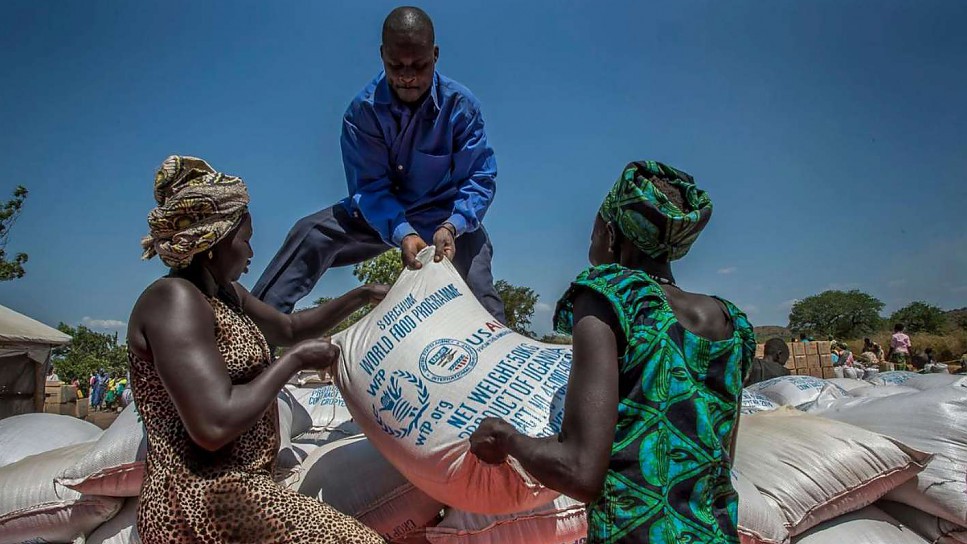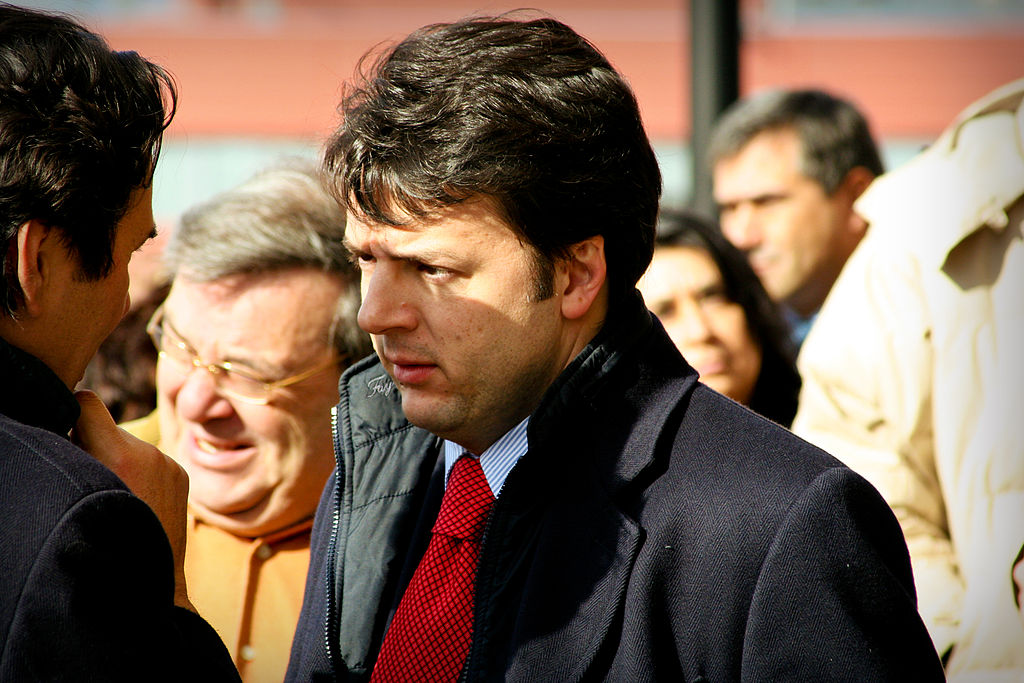The United Nations is an organization whose finances are rarely in the realm of concern for the general public. An organization committed to serving the functions of its various branches, missions and philanthropic endeavors, the financial crisis of the UN is one that has been simmering under the radar for years.
On December 10, 2020, representatives of the World Food Program, an executive member of the UN Development Group, accepted the Nobel Peace Prize for the organization’s efforts in providing global food assistance and combating world hunger. At the same time, statements made by Executive Director David Beasley point to a “catastrophic 2021,” in which the efforts of the WFP may fall drastically short of its goals.
Despite being the largest humanitarian organization in the world, the WFP’s finances have come into light and under sharp criticism following the revelation that it was forced to tap into its emergency reserves this year. An examination of indicators regarding its financial viability, along with trends regarding the nature of its donation-based budget, is crucial to understand what has caused such a dire prediction for the future, and what needs to be done in order to fix it.
The WFP, founded in 1961, has historically been heavily dependent on its funding and its increasing efficacy has largely been correlated with a hike in the amount of money being allocated to it. Despite being an integral part of the UN, it receives no contribution from its parent organization. Despite this, on the surface, its annual budget appears to be both sustainable and increasing: 2019 saw the organization raise a record of 8 billion dollars, and in 2020 that figure was a similar $8.4 billion.
However, an examination of the organization’s annual performance report reveals that it remains not nearly enough. By its own estimates, the funding could not meet the identified needs of food-insecure populations in 2019, and an estimated additional $4.1 billion was necessary to bridge the gap. Further, with the coronavirus pandemic responsible for devastation in food-insecure regions, that figure is likely to be much higher when the 2020 report is published, though the amount raised was sufficient in averting outright famine.
The two major factors are conflict and wars. Approximately 80 percent of the WFP’s funding goes to conflict-stricken regions around the world and the slight increase in the amount of wars around the world is creating an untenable situation for the WFP, especially amid the COVID-19 pandemic. Additionally, one of the real emerging concerns is that the process is self-worsening.
Deliberate food insecurity, and the use of hunger as a weapon of war are on the rise around the world, as terrorist organizations, like Nigeria’s Boko Haram, increasingly utilize control over food resources as a tool for recruitment and radicalization. The circumstances are also exacerbated by a hike in the number of people going undernourished. In fact, this is a pre-COVID-19 trend: 2014 to 2019 actually saw an increase in malnourishment by 60 million (for a total of 690 million).
In essence, the WFP’s funding issue is that there simply isn’t enough to cover exponentially increasing poverty and food insecurity — the organization cannot meet the needs of the world.
Though on paper it appears as though the WFP’s finances are strengthening year after year, the reality is that it faces a situation that has resulted in a rise in spending, but a decline in improvement. According to Beasely, “for the first time, we are going backwards.” A world headed for a mass population increase by 2050 and steadily facing an uptick of climate change-induced food insecurity is slowly contributing to a mass widening of the gulf between the WFP’s capabilities and its challenges, forcing it to potentially go under as it struggles to meet needs it cannot take on.
The forecast for 2021 is projected to worsen. Though abject food-related catastrophes were avoided in 2020, thanks in large part due to the WFP leadership working around closed ports of entry to deliver food-assistance, it did have to tap into its emergency reserves significantly. And in 2021, a rough estimate puts the WFP’s needs at a staggering $15 billion, nearly double the record amount ever raised. The need to serve around 138 million people, 30 million of whom are in ongoing conflict areas, is something the WFP will be held responsible for. In fact, Beasely claims that part of the reason the WFP was awarded the Nobel Peace Prize in 2020 is that the awarding committee recognized their predicament and is giving them the recognition they need because “the needs of 2021 are going to be so critical that failure to address those needs will result in war, famine, and mass migration.”
The new year was accompanied by a minimal cessation in global hostilities — however, as new issues, such as the protests in Myanmar began to arise, and as ongoing problems throughout the world began to play out, the WFP’s program proved to be at risk. In this atmosphere, it is critical to question what drives the inability of the WFP to be meeting its budgetary requirements.
As mentioned before, the WFP receives no funding from the UN, and there is no adequate explanation apart from cost-saving measures. Funding derived from the UN would do a great deal to match up to the required budget, as the organization would source funds from a contribution pool of all member states. In times of emergency, the World Bank could intervene with injecting cash to a degree far more than the current amount ($3.3 million) and restructuring the organization in the small scale. Instead, the vast bulk of the WFP budget comes from voluntary contributions from about 60 governments (of these, the United States is by and far the biggest donor), with major corporations and individual donations making up the remainder.
Immediately noticeable is the small number of countries and the disproportionate amount of contributions. While the United States supplies around a third of the budget at $3 billion, comparably wealthy countries, such as those that comprise the United Kingdom, provide only $562 million. Moreover, many countries also fall under the category of flexible donors, whereby they do not promise their full amount but rather dispense it discretionarily. While the assumption may be that the 60 donors of the WFP are those with the highest gross domestic product, the reality is far from it. Countries like Somalia, Bangladesh, Chad and Pakistan all rank in the top 30 donors, and a majority of the list is those very LEDCs that the WFP operates in. Contributions from wealthy countries are at such an all-time low that impoverished nations are, in effect, pulling much of the weight, negating the effect of humanitarian aid that the WFP is truly responsible for.
The matter is perhaps even more serious when one considers that many of the top contributors are not even nations. Private donations are ranked 8th in amount of funding received, more than the entire contributions of countries like Russia, Norway, Switzerland, Australia, Italy, France and more. At the same time, other organizations like the Green Climate Fund and various corporate contributions are also ranked higher than many wealthier countries. It is increasingly evident that nations can do better than leave the challenge of solving world hunger in the hands of for-profit businesses and ordinary citizens’ contributions. A clear funding responsibility has become increasingly necessary.
It is evident that now more than ever: the World Food Program requires the fair and proportional assistance of all countries. The present conditions surrounding the global pandemic and a worrying uptick in conflicts worldwide points to a near inevitable shortfall in mitigating the severe effects of world hunger for this calendar year, and likely many others.
The WFP’s finances ought to be the concern of everyone, not least those living in contributing countries. The Nobel Peace Prize is not only a recognition of the program’s tremendous achievement, but it is also coming at a point in which the program needs help. One way or another, serious reform is required to equip the WFP for the challenges of the near future.







